Review of Pandemic Education and Viral Politics by Michael A. Peters and Tina Besley (Routledge, 2020)
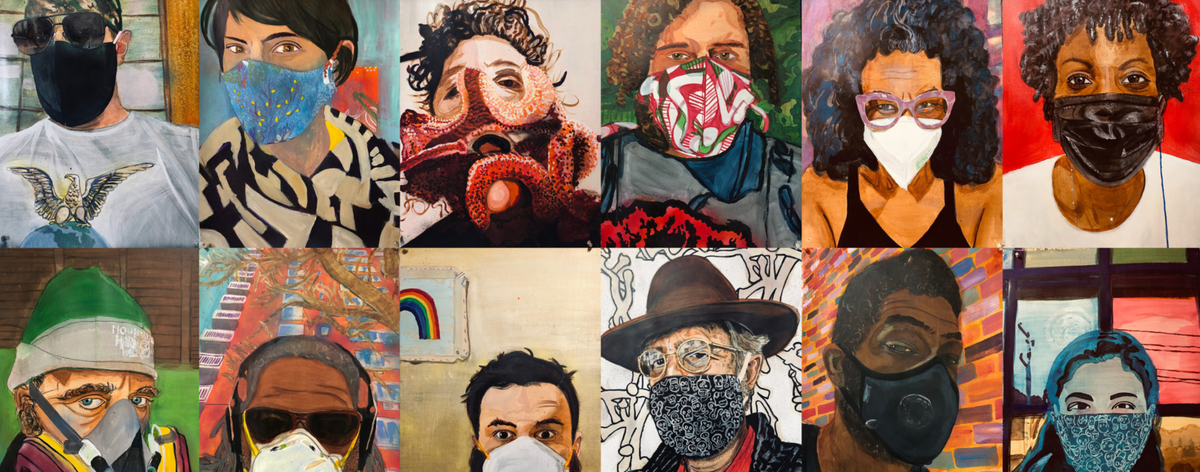
J. Owen Matson, Ph.D.
A Pandemic as Philosophical Event
The header image--Richard Nielsen’s This is Not a Gag (2020)--sets a fitting visual tone for this review. Painted amid the uncertainty of the early pandemic, Nielsen’s masked portraits resist reductive interpretations of the mask as mere obedience to health protocols. Instead, they capture a deeper negotiation of visibility, care, and subjectivity—each figure caught between systems of protection and performativity, legibility and opacity. In this way, the series mirrors the questions raised in Pandemic Education and Viral Politics, a work by Michael A. Peters and Tina Besley, that treats the pandemic not only as a health emergency but as a total epistemological event.
Far from offering a linear account of COVID-19’s impact on education, the book provides a multidimensional inquiry into how pandemics mediate knowledge, governance, and subjectivity in an era increasingly shaped by biopolitics, algorithmic saturation, and infrastructural recursion. Originally published as a series of essays in Educational Philosophy and Theory, the volume introduces “viral modernity,” a conceptual frame that fuses virology and information science to track the political and epistemic mutations of the postdigital age. In this context, the virus is not simply a biological threat but an affective and informational force—reshaping the infrastructures through which knowledge is produced, circulated, and contested.
What distinguishes this collection is its breadth of engagement across philosophical, cultural, and scientific registers. Peters and Besley do not merely reflect on the pandemic’s educational implications; they reframe it as a total epistemological event—one that exposes the fragility of institutional rationality and the recursive entanglements of public health, political ideology, and digital mediation. Central to this analysis is the concept of the postdigital: a condition in which biological, digital, and social systems no longer function as distinct domains but are entangled in continuous, recursive feedback loops. In the postdigital landscape, the boundaries between information and embodiment, between data and desire, are increasingly porous. It is within this milieu that the virus operates not only as a biological threat but as an informational and affective force—reshaping the infrastructures through which knowledge is formed, distributed, and contested.
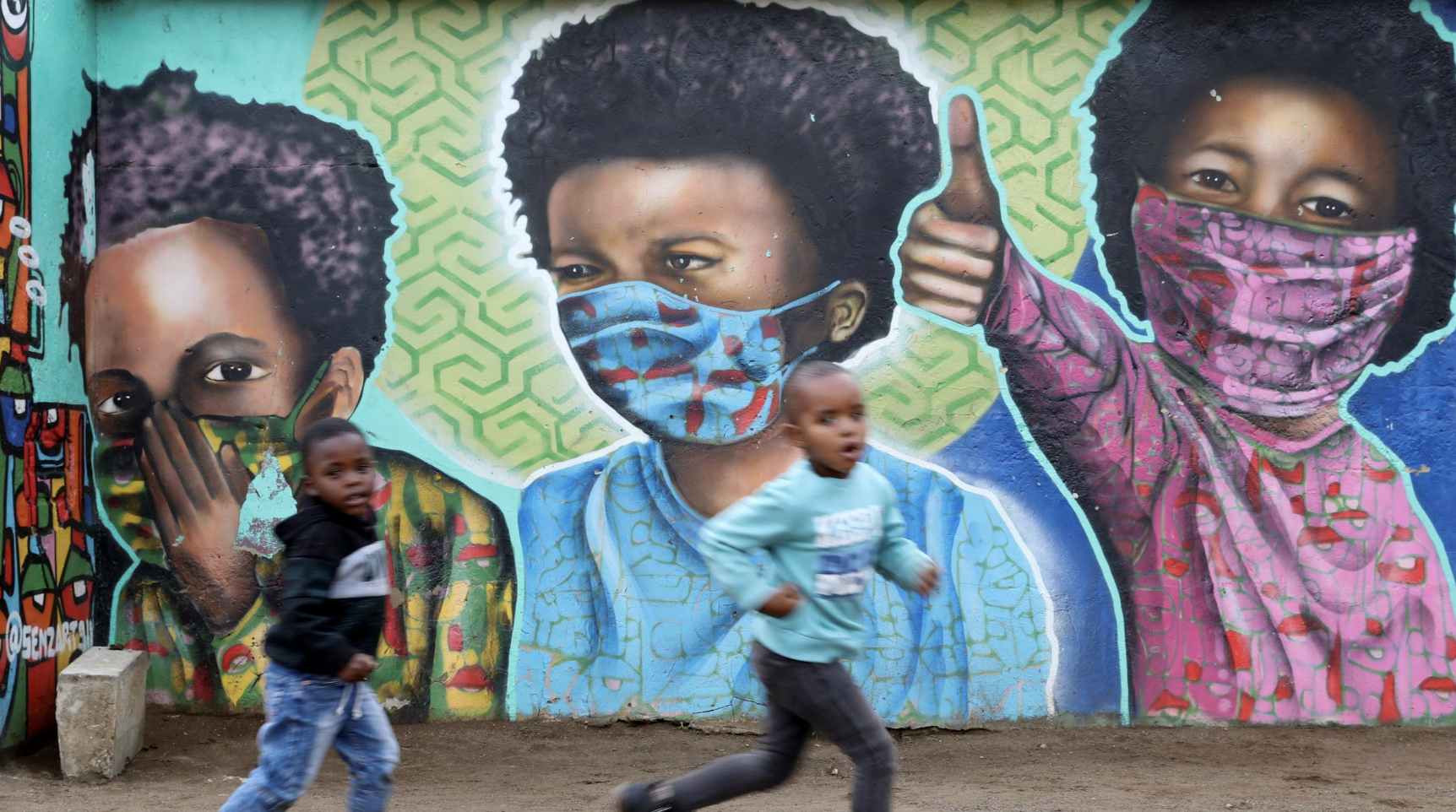
On the Visuals: Global Street Art as Public Pedagogy
The images included here—street art from South Africa, India, Kenya, Brazil, the U.K., the U.S., and beyond—offer a global visual counterpoint to the arguments developed in Pandemic Education and Viral Politics. These works of public art function as a kind of grassroots pedagogy: not just representations of crisis, but participatory acts of sense-making within it.
By foregrounding masked figures, essential workers, and symbolic reinterpretations of political or spiritual icons, these murals register how communities around the world engaged in their own forms of epistemic labor. In many cases, they anticipate or echo themes developed by Peters and Besley: the fusion of biological and informational logics, the emotional and symbolic dimensions of public health messaging, and the transformation of public space into a site of care, critique, and contestation.
These images do not simply illustrate the pandemic; they perform it. Like the book itself, they ask what it means to learn, act, and witness under conditions of viral modernity.
Bioinformationalism: The Viral Logic of Knowledge and Power
One of the most striking and generative conceptual contributions of the book is the articulation of bioinformationalism—a framework that reconfigures the boundary between biological life and informational systems, and in doing so, foregrounds a paradigm shift in both epistemology and biopolitics. Coined and developed by Peters in collaboration with Petar Jandrić and Peter McLaren, bioinformationalism denotes more than a metaphorical parallel between viral biology and digital information. It signals a material and epistemic convergence: the co-constitutive entanglement of life processes and information flows, where the viral becomes not only a biological reality but a logic of mediation, propagation, and control.
This conceptual work is situated firmly within the postdigital condition—a milieu in which analog and digital, biological and computational, social and algorithmic systems are deeply entwined. In such a context, informational systems do not merely represent biological phenomena; they operate with viral logic themselves, shaping perception, behavior, and belief in recursive and affective ways. The virus, in Peters’ formulation, becomes an emblem of this entanglement: at once a biological agent and an informational form, mutating not only through genomes but through memes, hashtags, conspiracy theories, and public health dashboards. It destabilizes ontological boundaries—not fully alive, not fully inert; not purely organism, not purely code—but something that thrives precisely through its capacity to infiltrate and reconfigure existing systems.
Within the chapters “A Viral Theory of Post-Truth” and “On the Epistemology of Conspiracy,” Peters and his collaborators extend this argument into the domain of political epistemology. Misinformation is not treated as an unfortunate byproduct or deviation from normative truth, but as a viral formation in its own right—an epistemic pathogen that replicates through resonance, speed, and network saturation. In this schema, knowledge is no longer anchored by evidence or consensus; it is driven by transmissibility. The truth-value of a claim becomes secondary to its capacity to embed itself within the circulatory systems of the postdigital infosphere.
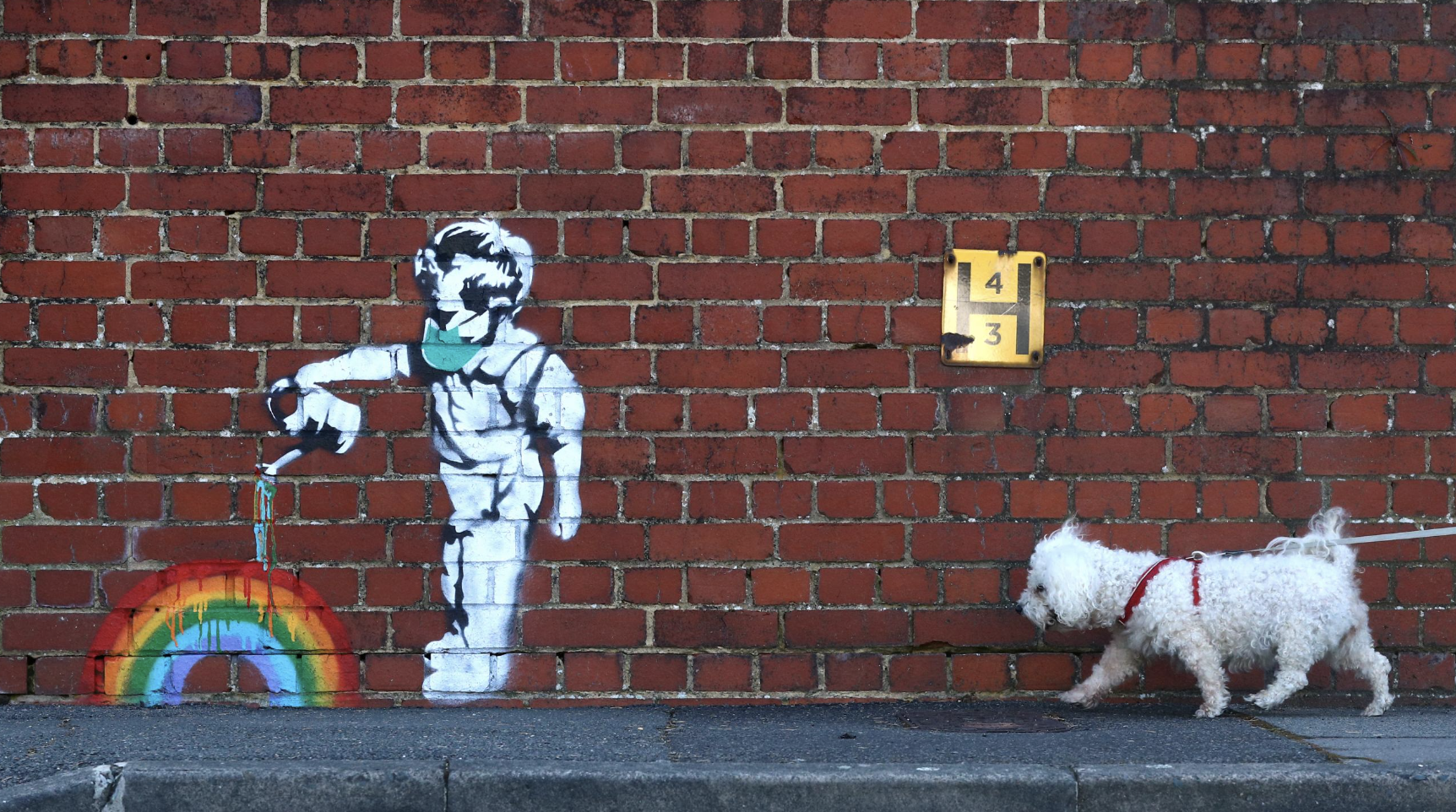
This shift has profound consequences for how power operates in a postdigital world. In the bioinformational paradigm, control is not enforced primarily through coercive force or top-down authority, but through infrastructures of algorithmic amplification, predictive modeling, and recursive optimization. Viral politics—whether in the form of conspiracy, disinformation, or even well-intentioned state messaging—does not persuade so much as saturate. Affect, belief, and embodiment become entangled in feedback loops that are managed by platforms but experienced as personal intuition. In this way, epistemic governance becomes indistinguishable from infrastructural design.
COVID-19 becomes a case study in the operation of bioinformational power. Traditional biopolitical mechanisms—quarantine, contact tracing, vaccination—are now augmented by real-time dashboards, data visualizations, and information campaigns calibrated to optimize compliance and perception. The immuno-state, as theorized by Peters and Besley, is no longer simply a system for biological protection but a hybrid formation in which information management performs immunological functions. To flatten the biological curve, one must also interrupt the informational spike.
Importantly, this viral logic does not stop at the threshold of public health; it spreads into education. The same algorithmic structures that determine visibility, risk, and virality in the infosphere increasingly shape how learners are tracked, predicted, and rendered legible. Peters’ analysis begins to hint at this convergence: in a postdigital environment governed by viral epistemologies, the infrastructures that mediate belief and behavior in the public sphere are the same ones that frame learning, engagement, and cognitive legitimacy. It is this extension into education that the next section takes up in greater detail.
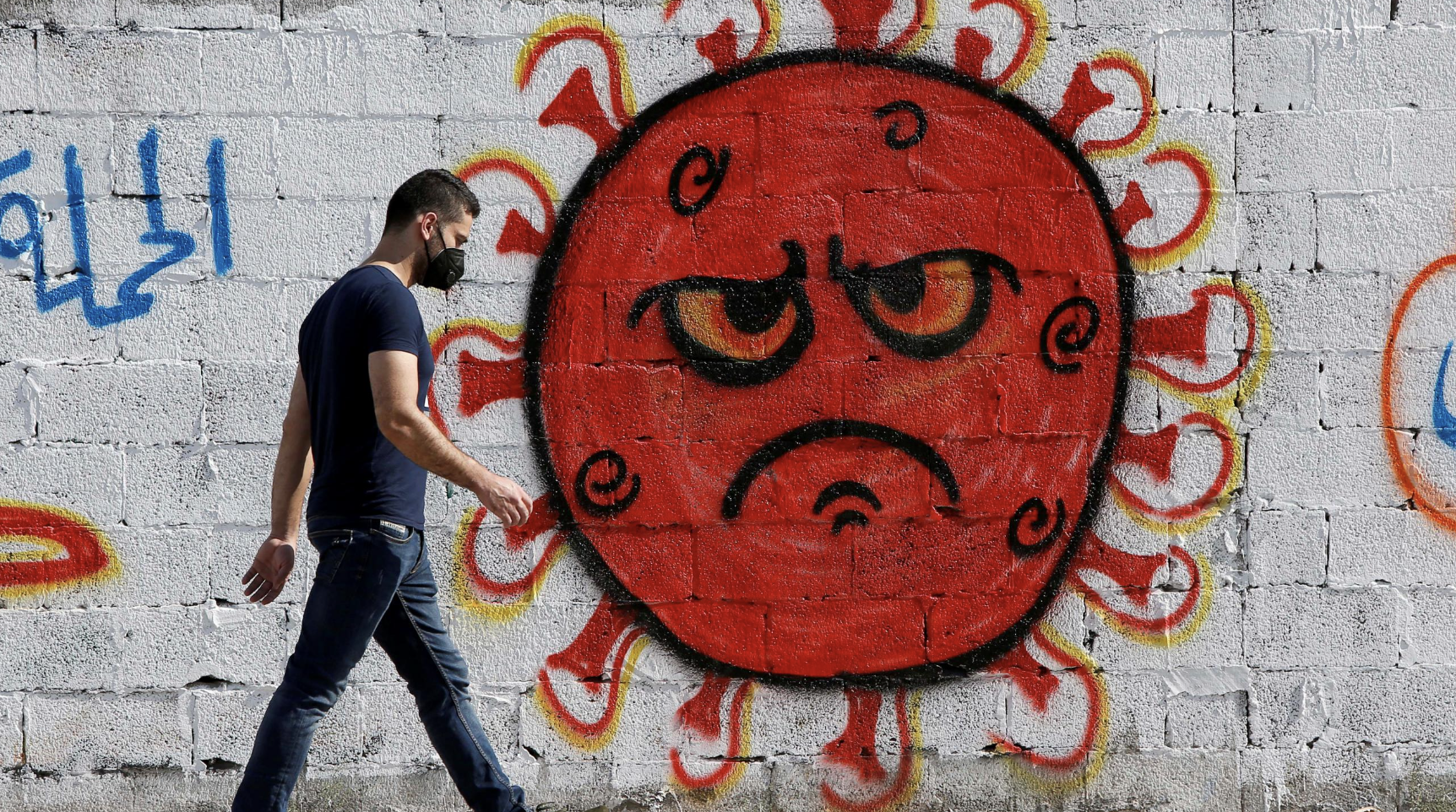
Education as Epistemic Battleground
Importantly, Peters emphasizes that the COVID-19 crisis exposed vulnerabilities not only in our health systems or media platforms, but in our educational institutions. Education, he argues, is not simply collateral damage of pandemic disruption—it is one of the central epistemic battlegrounds upon which the crisis unfolded. The viral logic that governs platforms and public discourse extends into the architecture of learning environments, reshaping how knowledge is validated, how learners are constituted, and how teachers are positioned within recursive systems of visibility, risk, and compliance.
In this light, the pandemic becomes less a disruption to be managed than a revelation: it reveals how education has already been deeply entangled with data infrastructures and predictive systems that reframe cognition in terms of traceable engagement and behavioral compliance. This is not just about the shift to online learning. Rather, Peters argues that education must confront its role in a broader epistemic ecology—one shaped by algorithmic legibility, affective modulation, and the privatized logics of platform capitalism. The pedagogical question, then, is not how to make instruction “resilient” in the face of crisis, but how to resist the underlying structures that render learning legible only in terms of quantifiable performance and normative behavior.
Against this backdrop, Peters critiques the rise of resilience discourse in educational policy and practice—a discourse that, while ostensibly aimed at supporting students, often masks a deeper structural accommodation to precarity. The injunction to “be resilient” becomes a demand for self-regulation in the face of systemic failure. Within this neoliberal framework, students and teachers are asked not to critique the conditions of exhaustion, surveillance, or epistemic disorientation, but to adapt to them. Resilience becomes affective compliance—an individual coping strategy that replaces collective critique or institutional transformation.
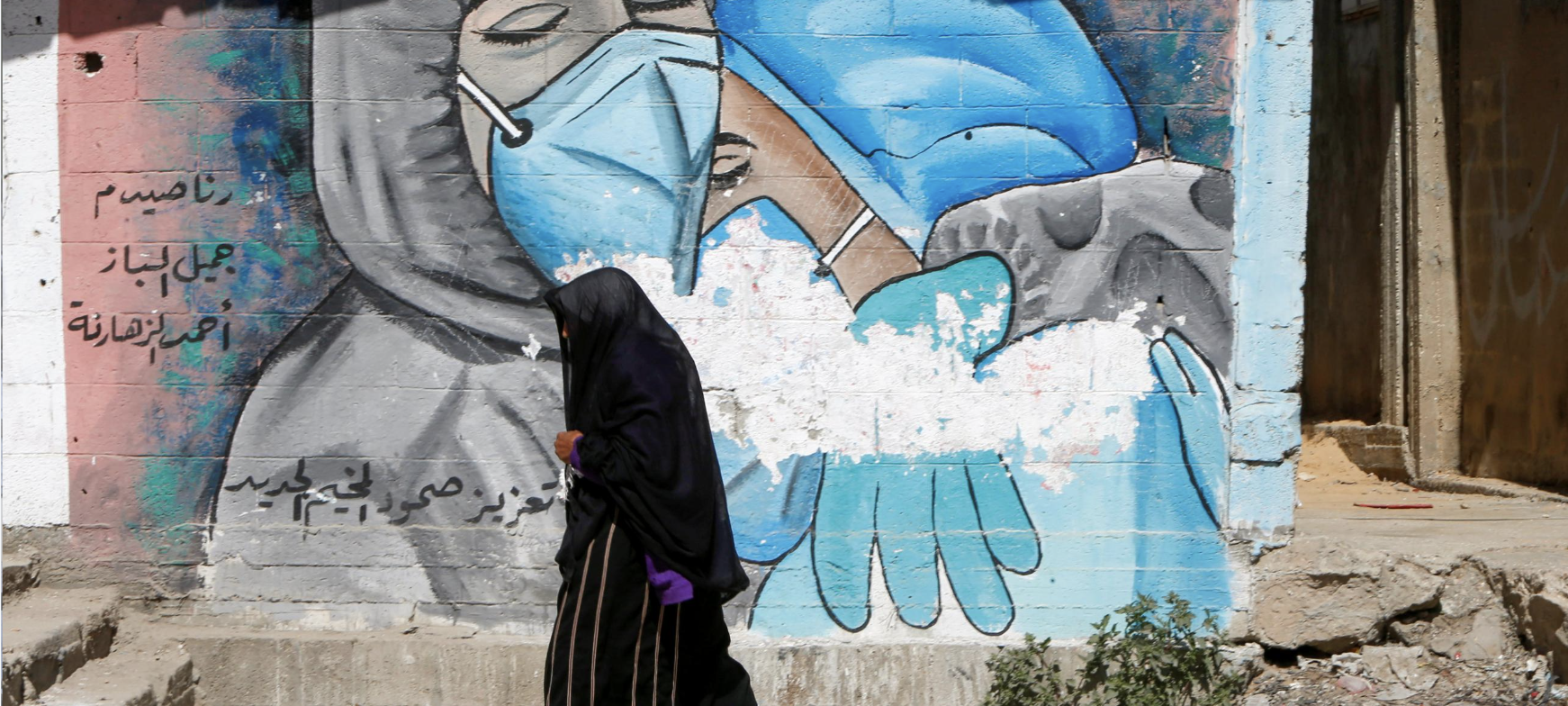
Peters’ call for what might be termed an immuno-critical pedagogy directly challenges this logic. Rather than shielding learners from uncertainty or training them to endure instability, his model seeks to cultivate a responsiveness to ambiguity, an interpretive orientation toward complexity, and a recognition of one’s entanglement within biological, informational, and cognitive systems. Education, in this view, should not aspire to produce perfectly rational subjects or compliant digital users. Instead, it should support learners in navigating conditions of partial knowledge, epistemic saturation, and contested meaning.
This pedagogical vision diverges sharply from contemporary trends that treat the crisis as an opportunity to accelerate existing models of personalization and behavior management. For instance, social-emotional learning (SEL), trauma-informed practices, and affect-aware AI systems have increasingly been deployed in the name of care and support. Yet Peters invites us to question what kind of subject these systems presuppose and produce. Do they cultivate interpretive freedom, or do they manage emotional life as yet another data stream to be optimized? Are trauma-informed frameworks being used to open space for critical reflection, or to operationalize well-being as a form of measurable resilience?
While Peters does not directly critique behaviorist learning analytics or gamified platforms, his broader concerns about the reduction of education to measurable engagement, emotional self-regulation, and platform legibility resonate with critical perspectives on these trends. He is especially wary of educational models grounded in psychological manipulation and procedural optimization, which often substitute systemic analysis with individualized adaptation. In this vein, he expresses explicit skepticism toward nudge theory—a behavioral framework increasingly embedded in platform design and policy—which he argues presumes conformity to dominant norms and underestimates the role of fear, anxiety, and panic in shaping decision-making. As he writes, “I am sceptical of ‘nudge theory’ and would argue it depends upon the prevailing societal norms… people are likely to act first in terms of self-preservation on the basis of fear, anxiety and panic.”
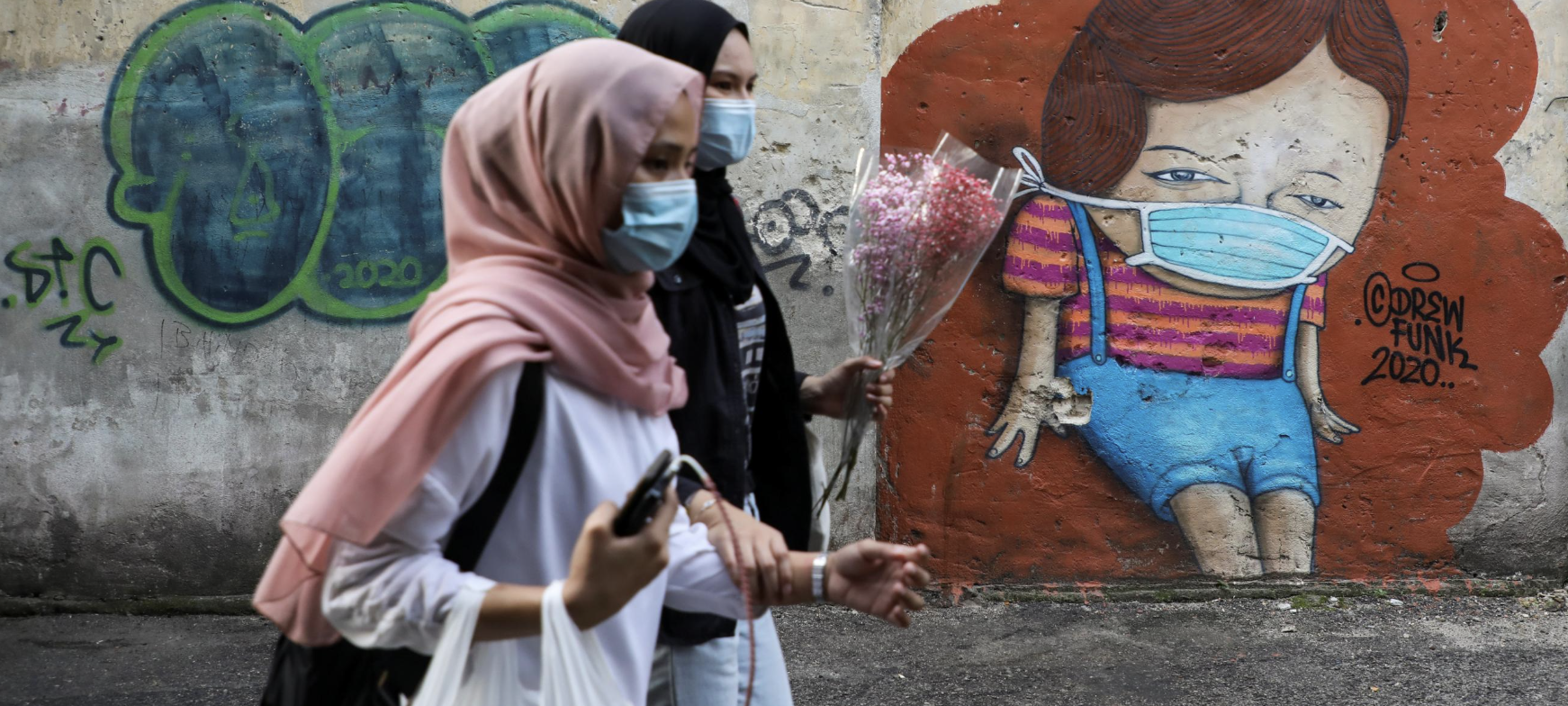
This critique extends to the language of resilience, which Peters treats not as a neutral descriptor of coping but as a psychological discourse that tends to obscure political and economic conditions. In contexts of crisis, he argues, resilience can function as a depoliticizing strategy—one that reframes collective breakdown as a matter of individual mindset. “Resilience has become a psychological theory and field of wellness research,” he writes, but he remains wary of its pedagogical use. “I tend to revert to my philosophical training and tend to emphasize philosophical models or theories rather than psychological ones.” Rather than equipping students to navigate and challenge structural uncertainty, resilience discourse often demands they simply withstand it—transforming vulnerability into a personal failure of adaptation.
Against these frameworks, Peters insists on a return to philosophical and ethical traditions of education—models that resist the logic of optimization and instead cultivate the capacity for critical reflection, epistemic humility, and interpretive responsibility. “The question of what is true is not so much syntactical as it is pedagogical,” he notes. “Education is about forming minds… we are better off having an ethical imperative.” Learning, in this view, is not reducible to performance metrics or affective compliance; it is a space of ethical becoming. This position challenges both the instrumentalist tendencies of platform-based learning and the psychological managerialism that often substitutes for systemic educational critique.
Peters’ call for what might be termed an immuno-critical pedagogy directly challenges this logic. Rather than shielding learners from uncertainty or training them to endure instability, his model seeks to cultivate a responsiveness to ambiguity, an interpretive orientation toward complexity, and a recognition of one’s entanglement within biological, informational, and cognitive systems. Education, in this view, should not aspire to produce perfectly rational subjects or compliant digital users. Instead, it should support learners in navigating conditions of partial knowledge, epistemic saturation, and contested meaning.

This pedagogical vision diverges sharply from contemporary trends that treat the crisis as an opportunity to accelerate existing models of personalization and behavior management. For instance, social-emotional learning (SEL), trauma-informed practices, and affect-aware AI systems have increasingly been deployed in the name of care and support. Yet Peters invites us to question what kind of subject these systems presuppose and produce. Do they cultivate interpretive freedom, or do they manage emotional life as yet another data stream to be optimized? Are trauma-informed frameworks being used to open space for critical reflection, or to operationalize well-being as a form of measurable resilience?
Similarly, behaviorist models embedded in learning analytics and gamified platforms often reproduce an educational logic grounded in stimulus-response feedback, reducing engagement to attention metrics and knowledge to correct outputs. In contrast, Peters calls for an education that refuses to reduce learning to performance and risk management. For him, the pedagogical imperative is not to ensure continuity of instruction, but to ask: What kinds of knowing, being, and relating does this disruption reveal? And what kinds of educational practices might help us respond?
Central to this reimagining is a shift away from instrumentalist frameworks—those that treat education as skills delivery or content transmission—and toward a philosophical and civic practice of meaning-making amid uncertainty. Peters draws on the epistemology of conspiracy not simply as a warning about misinformation, but as a diagnostic tool: it reveals how belief formation is increasingly shaped by affective intensities, algorithmic enclosures, and infrastructural design. The goal of education, then, is not to refute conspiracy with more facts, but to cultivate the capacity to interpret—to situate claims within their discursive, historical, and affective contexts, and to live with epistemic ambiguity without collapsing into cynicism or paranoia.
In this respect, Peters’ model of education resonates with existential and poststructuralist pedagogies. Learning becomes a site not of transmission, but of ethical encounter—a space where subjects confront the limits of their knowledge and the instability of meaning. It is precisely this confrontation that the viral condition demands. Under the regime of bioinformationalism, to learn is to navigate systems that do not simply mediate knowledge, but produce it—structurally, recursively, and affectively.
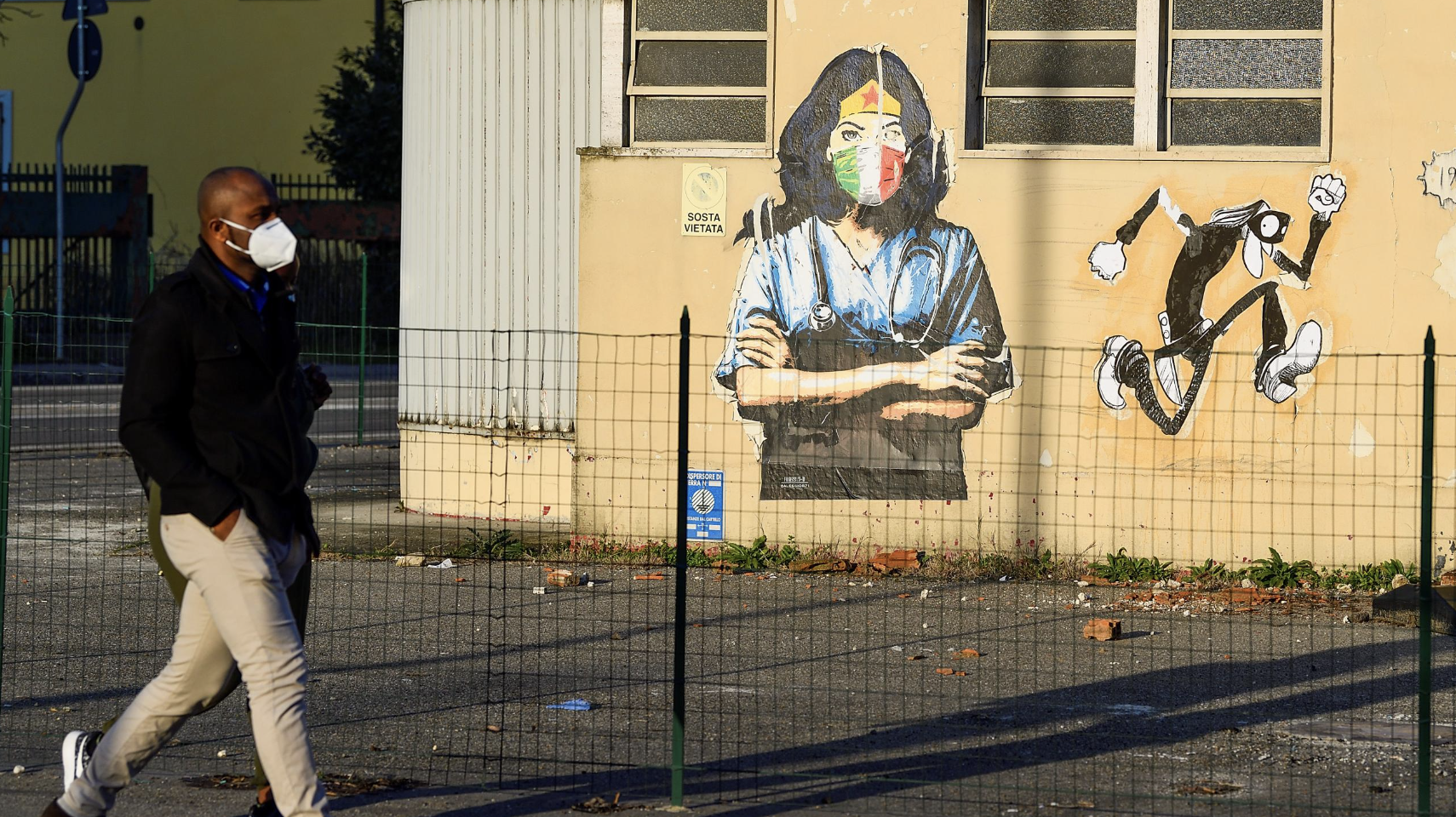
Public Pedagogy and the Intellectual Commons
What is particularly striking in the collection is how Peters and Besley extend the terrain of educational responsibility beyond schools and universities. Education, they argue, must be understood as a public and epistemic infrastructure that includes not only formal institutions but also media, platforms, journalism, and governmental communication. The crisis of the pandemic is thus not simply a crisis in education, but a crisis of education writ large—of how knowledge circulates, who is authorized to speak, and how belief is formed under conditions of viral saturation.
This leads to a significant rethinking of public pedagogy, which Peters frames not as a top-down transmission of correct information, but as a field of contested epistemic production. In the context of viral modernity, public pedagogy is shaped as much by memes, dashboards, and YouTube personalities as by curricula or public broadcasting. Under such conditions, the figure of the public intellectual must be reimagined—not as a sovereign voice of reason standing above the fray, but as a node in a distributed and unstable epistemic network. Authority, Peters suggests, must now be built relationally, through the cultivation of interpretive trust rather than institutional prestige. In an age of platformed attention economies and post-truth acceleration, credibility no longer stems from credentials alone but from one’s ability to participate meaningfully in the ethical labor of sense-making.
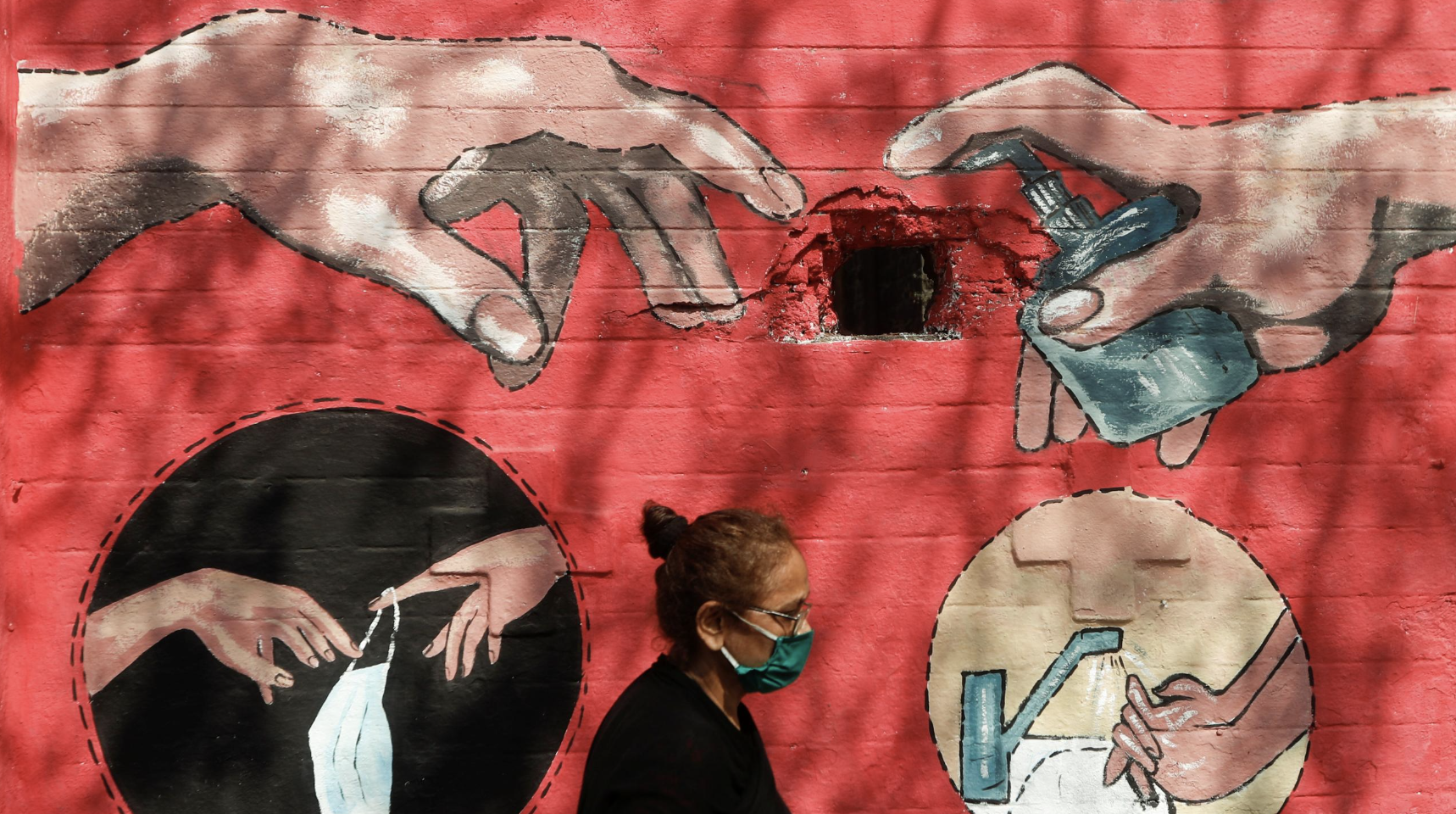
This reconceptualization is mirrored in Peters’ analysis of national responses to the pandemic, where he reads governmental discourse as a form of pedagogical address. In essays comparing the responses of Aotearoa/New Zealand, the United States, and China, Peters situates education within broader systems of political-epistemic governance. He contrasts Jacinda Ardern’s appeals to kindness and collective care with the disinformation-laden populism of Trump’s America and the ideological containment strategies of the Chinese state. These comparisons illuminate how the management of knowledge and feeling—fear, trust, solidarity—is central to pandemic politics. They also underscore the inseparability of education from questions of democratic legitimacy, media ecology, and cultural semiotics.
Throughout these analyses, Peters is attentive to the affective atmospheres that shape public learning. He engages with the role of love, grief, and existential anxiety—not as distractions from reason, but as epistemic forces in their own right. In this way, the book offers a counter-epistemology grounded in literature, philosophy, and feeling. These are not invoked nostalgically or decoratively, but as necessary forms of knowledge for navigating conditions that exceed control, prediction, or technical resolution.
The book’s intellectual range—from Foucault to Frankl, Agamben to Ardern—reveals a commitment to thinking with the world rather than abstracting from it. Public pedagogy, in this light, becomes both a critique of and a response to the epistemic volatility of the present. It requires not only new content, but new modes of presence, relation, and discernment.
Ultimately, Pandemic Education and Viral Politics does not simply describe these dynamics; it performs them. It stages public pedagogy as a recursive, cross-disciplinary, and multi-voiced enterprise—modeling what it means to think and write within the very uncertainty one seeks to name. In this sense, the book is not only about pandemic education; it is a work of pedagogy in itself.
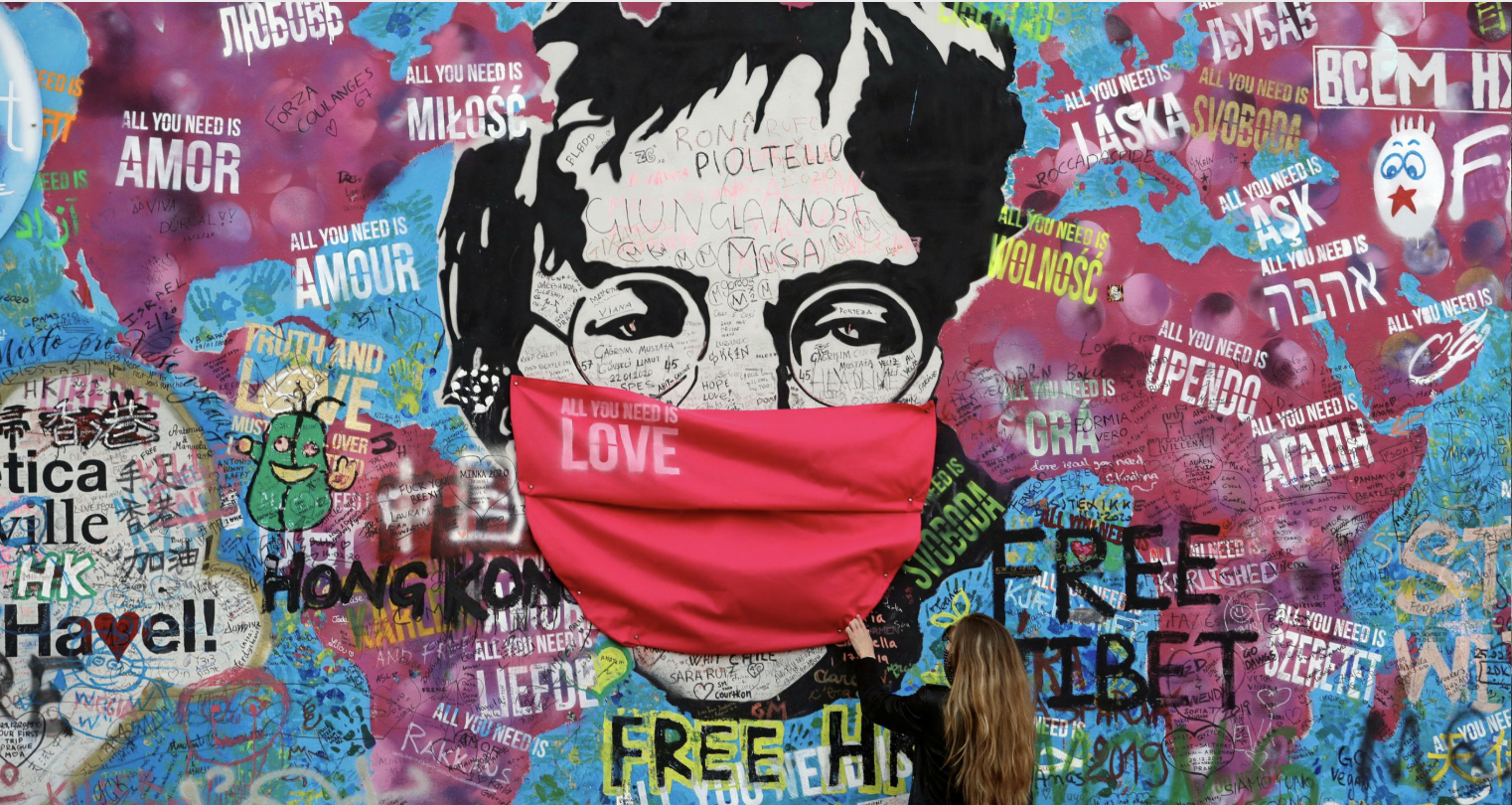
Literary and Philosophical Labor Amid Crisis
In turning to literature and philosophy, Pandemic Education and Viral Politics refuses the narrowing of crisis response to logistical or psychological management. Peters repeatedly engages existential literature, continental philosophy, and cultural texts not as embellishments to his argument but as integral epistemic tools. In chapters such as “Love and Social Distancing in the Time of COVID-19,” he draws on Kierkegaard, Camus, and Frankl—not simply as references, but as interlocutors capable of articulating the ontological weight of living through rupture. The pandemic, in his account, is not only a biomedical event or a policy failure—it is a metaphysical ordeal that calls into question the conditions of meaning, relation, and care.
Texts like The Plague become more than allegories; they function as what might be called epistemic counter-archives—repositories of interpretive, ethical, and affective labor that resist the flattening pressures of optimization and datafication. Where dashboards quantify, these works grapple; where policy abstracts, they witness. Peters reads these literary and philosophical traditions as modes of inquiry that refuse closure, embrace ambiguity, and sustain the space of reflection when systems fail. In doing so, he positions literature and philosophy not outside the terrain of education, but at its core—especially in moments of epistemic saturation and institutional exhaustion.
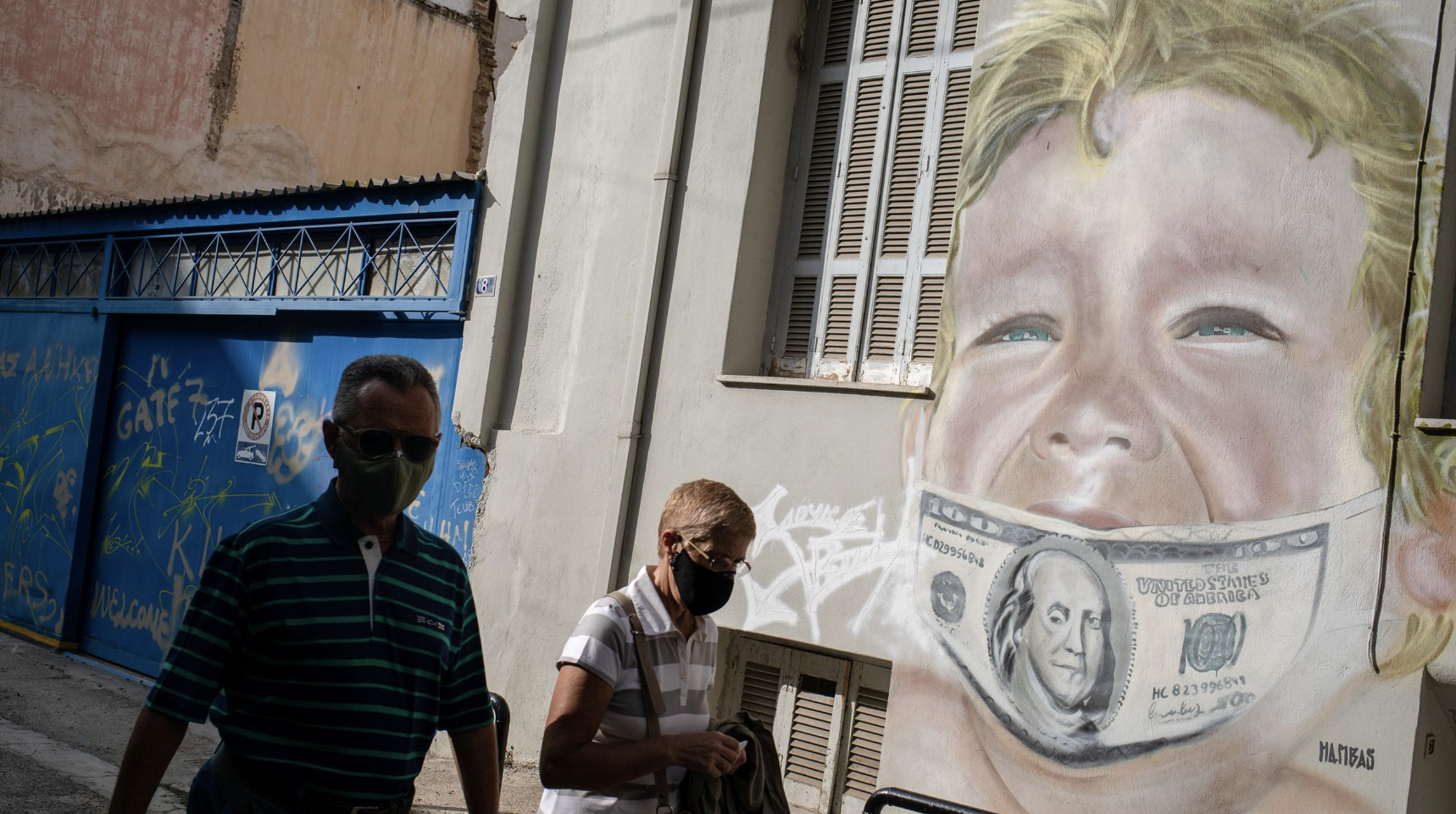
This gesture aligns with a broader pedagogical critique throughout the volume: that education must not surrender to the instrumental rationality that dominates both policy discourse and platform design. Here, one hears echoes of Gregory Bateson’s insistence that “information is a difference that makes a difference”—a claim that refuses to reduce cognition to computation, and that locates meaning not in outputs but in recursive relations. Similarly, Foucault’s work on care of the self, parrhesia, and governmentality hovers in the background of Peters’ arguments, animating a vision of education as a practice of critical subject-formation rather than behavioral adjustment.
Such references are not incidental. They constitute a philosophical infrastructure that enables Peters to critique the pandemic’s pedagogical aftermath—particularly the turn to resilience discourse, emotional regulation, and “wellness” as substitutes for deep reflection. Rather than reduce education to risk management or self-care, Peters calls for pedagogical forms that can hold space for grief, uncertainty, and ethical demand. Learning, in this account, is not a return to stability, but an encounter with instability that must be endured, interpreted, and made livable.
This is what lends the book its affective force: it recognizes that educational work, particularly in times of crisis, is not simply the transmission of content or the development of competencies, but the cultivation of existential response-ability. It is a form of shared labor that asks how we remain present to the conditions of rupture—how we think with the crisis rather than merely after it.

Learning with the Virus
Ultimately, Pandemic Education and Viral Politics models what educational philosophy can be when it refuses instrumentalization and reclaims its public, speculative, and critical functions. It asks how we might not only respond to crisis, but think with it—and in doing so, cultivates an intellectual posture attuned to uncertainty, entanglement, and care. The book neither evacuates the political nor retreats into abstraction; it situates education at the recursive intersection of biology, information, and belief, insisting that pedagogy is always already implicated in the infrastructures of knowledge and the atmospheres of crisis.
What emerges is not a blueprint but a disposition: an invitation to reimagine education as a site of epistemic labor, ethical encounter, and speculative thought. In this sense, the book is more than a collection of essays—it is itself a pedagogical act. It performs the very kind of responsiveness it advocates: recursive, dialogic, and unfinished.
For those working at the intersection of education, technology, and subjectivity, Peters’ work opens vital pathways. It invites us to extend the critique of datafication beyond surveillance and into the realm of epistemic design—to ask not only how systems collect information, but how they shape meaning, recognition, and relational possibility. It also prompts us to think about cognition as distributed across biological, technological, and social systems, and to consider how pedagogy might respond to that condition without collapsing into control.
As educational theorists continue to grapple with the implications of AI, algorithmic mediation, and viral epistemologies, Pandemic Education and Viral Politics offers a vocabulary and a stance. It reminds us that the pedagogical question is never merely technical or curricular—it is ontological. What kind of knowing is possible under these conditions? What kinds of subjects are being formed? And how might we design not only technologies of learning, but conditions for thinking, feeling, and becoming otherwise?

On the Format and Recursivity of the Text
While Pandemic Education and Viral Politics is structurally a collection of essays—many of which were written in real time during the early waves of COVID-19—their occasional reiteration and overlapping vocabulary should not be read merely as editorial redundancy. Rather, the recursive rhythm of the text mirrors the very conditions it seeks to diagnose. The pandemic unfolded in cycles: of infection and recovery, panic and adjustment, forgetting and remembering. Similarly, the conceptual terrain of viral modernity demands revisitation. Ideas such as bioinformationalism, epistemic contagion, and the immuno-state reappear across chapters, not as static conclusions, but as evolving responses to a world in flux.
This repetition reflects the recursive nature of crisis thinking itself—how certain questions must be asked again and again under slightly altered conditions. In this sense, the book does not accumulate knowledge linearly; it circulates and refracts it. The format becomes part of the argument: a text that, like the pandemic, resists closure, resists being outlived too quickly.

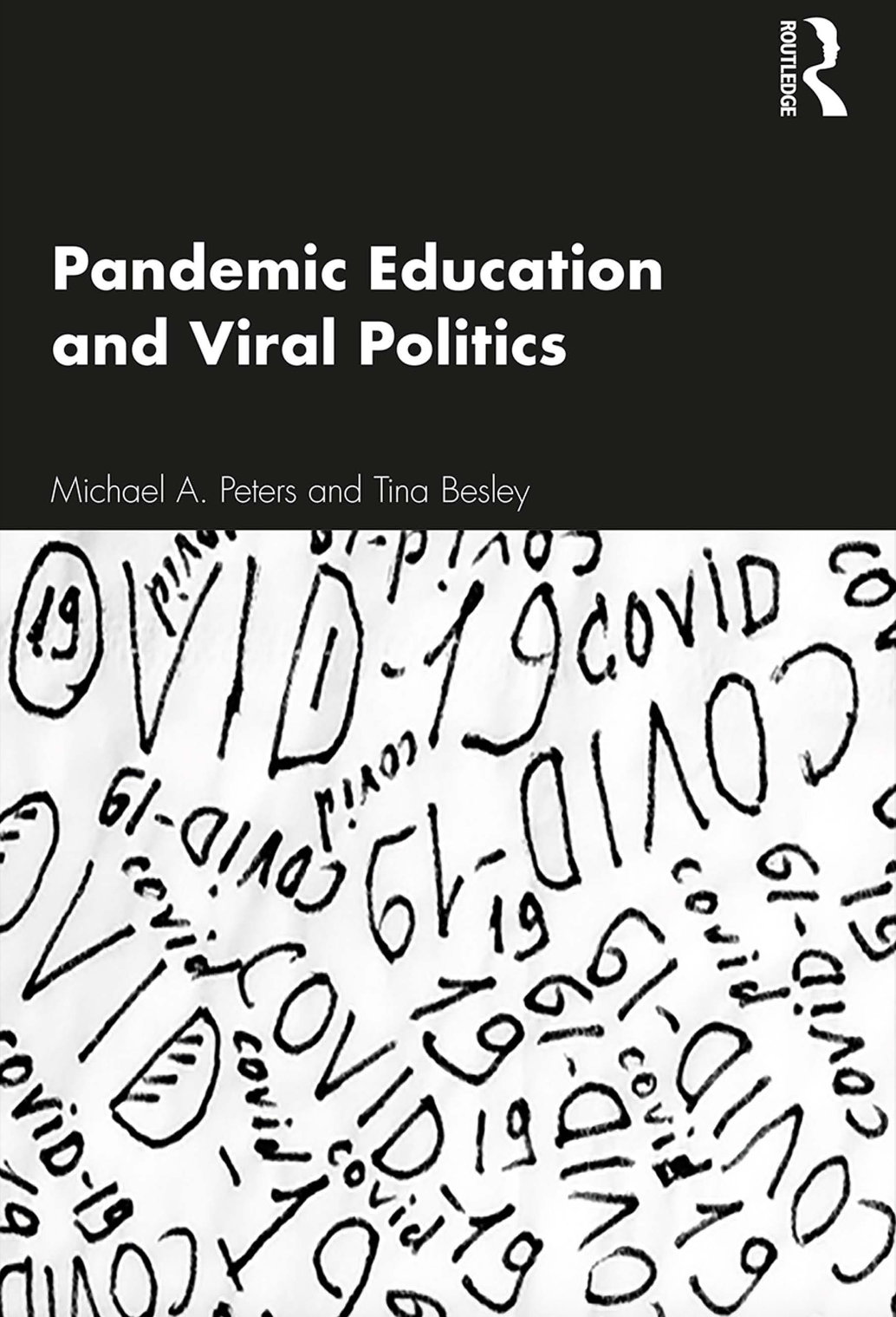
Michael A. Peters & Tina Besley (2020). Pandemic Education and Viral Politics. Routledge. ISBN: 9780367556186.